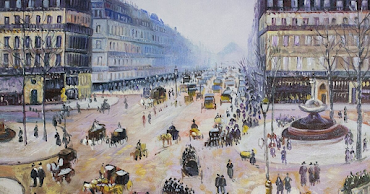Restructuring Paris
Georges-Eugène Haussmann’s urban restructuring of Paris aimed to modernize the city with its grand boulevards, redesigned neighborhoods, and “debt-financed infrastructural urban improvements” in an attempt to solve the surplus capital disposal problem and transform urban life. His intentions were to beautify Paris, improve traffic flow, and introduce a new kind of urban persona: Paris as the “city of light.” However, at what cost? The restructuring of the city entailed displacement, dispossession, and exploitation of vulnerable populations. Based on my understanding of David Harvey’s The Right to the City, the city is depicted as a commodity, where capitalists are positioned against low-income classes. In Paris, vulnerable populations lost their place in the city where wealthy classes were prioritized and accommodated. Established neighborhoods, buildings, and roads were demolished to make way for the new city. Consequently, this process suggests that urbanization adopts a capitalistic character, turning contemporary cities into commodities while improving urban life for those with political power and money. While the revitalized and transformed city is acknowledged as a pivotal planning approach, it is important to recognize the injustices that occurred during its implementation.


Comments
Post a Comment